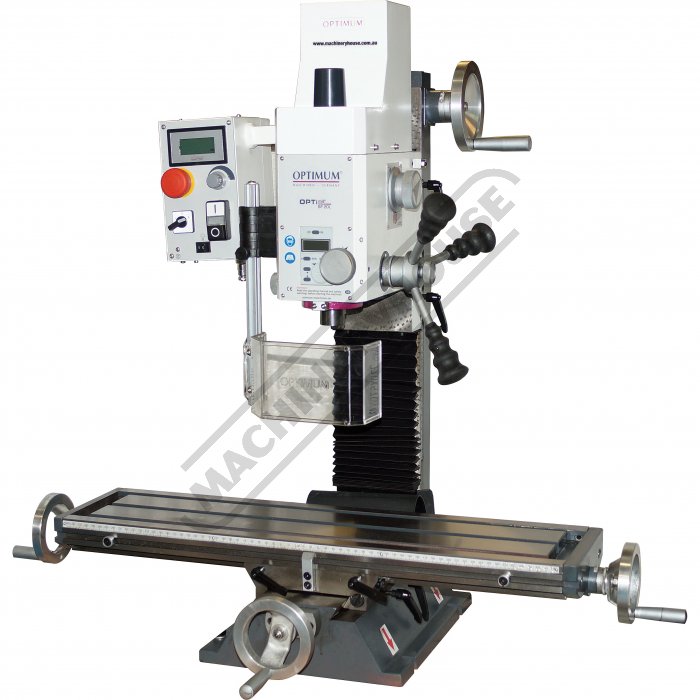joco-nz
Well-Known Member
- Joined
- Feb 21, 2016
- Messages
- 566
- Reaction score
- 209
Right, the final alignment saga. After looking at others approaches, some pondering of my own plus some inspiration from a cool little alignment tool design I stumbled across online the following is what I did. The "Walker" method.  oh:
oh:
[1] Found my little 150mm steel rule and using spring clothes line pegs clipped to the blade. The edge of the rule is sitting above where the blade teeth flare out. Using this approach we get two benefits.
[a] the pegs make it easier to see the level of twist you applying to the blade as their extra length magnifies the change.
the metal rule increases the surface area to check against a square.



After some fiddling around with twist and setting the bearing guides correctly then ensuring things are square to the fence. In this case I decided to change the fence to be square to the blade. Much easier to adjust it that way from what I can see. Then we start some test cutting. First off on some 2x2 wood. Good results.
Side A.

Side B.

Things are looking really good here. Didn't do anymore changes and went straight to testing on metal.
Test cuts on some 30x3mm SHS mild steel. Very happy with these results. This is using the stock blade that came with the saw. I did a few more cuts on this stock and continued to get good results.
Side A.

Side B.

All in all an improvement and based on what I had before definitely measurable. Before this process I had a clearly identifiable angle which I did some quick changes to correct but then still had some angle and even a slight weave in the cut. Now its really straight and square.
Cheers,
James.
[1] Found my little 150mm steel rule and using spring clothes line pegs clipped to the blade. The edge of the rule is sitting above where the blade teeth flare out. Using this approach we get two benefits.
[a] the pegs make it easier to see the level of twist you applying to the blade as their extra length magnifies the change.
the metal rule increases the surface area to check against a square.



After some fiddling around with twist and setting the bearing guides correctly then ensuring things are square to the fence. In this case I decided to change the fence to be square to the blade. Much easier to adjust it that way from what I can see. Then we start some test cutting. First off on some 2x2 wood. Good results.
Side A.

Side B.

Things are looking really good here. Didn't do anymore changes and went straight to testing on metal.
Test cuts on some 30x3mm SHS mild steel. Very happy with these results. This is using the stock blade that came with the saw. I did a few more cuts on this stock and continued to get good results.
Side A.

Side B.

All in all an improvement and based on what I had before definitely measurable. Before this process I had a clearly identifiable angle which I did some quick changes to correct but then still had some angle and even a slight weave in the cut. Now its really straight and square.
Cheers,
James.






